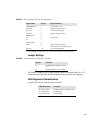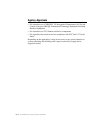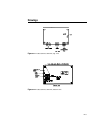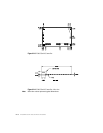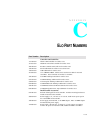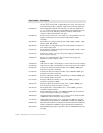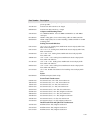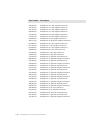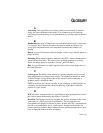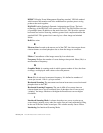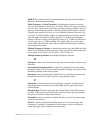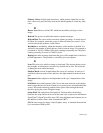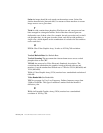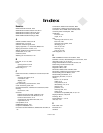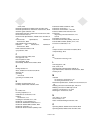Glossary-83
C
HAPTER
2
G
LOSSARY
A
Autosizing-True autosizing occurs when a monitor can maintain a constant
image size across different video modes. Two common ways of achieving
autosizing are mode sensing, pre-programmed factory settings and user defined
modes.
B
Bandwidth-The range of frequencies over which the video display’s electronics
can respond. This is directly related to the speed at which the monitor can
accept pixel information and to the maximum resolution the monitor can
display.
Barrel-A type of distortion in which an images’s sides or top (or both) appear to
bulge outward.
Blooming-When image brightness increases, the CRT’s electron beam tends to
spread out and lose focus. This loss of focus on bright portions of an image
makes the image appear to expand or “bloom”, and lose detail.
Bow-A type of distortion in which opposite sides of the screen image curve in
the same direction.
C
Convergence-The ability of the monitor to correctly align the red, green and
blue components of an image on the screen. Convergence problems are often
visible as fringes of color at the edge of the screen or color around text or
graphics where it should be white.
CRT-An acronym for cathode ray tube. A type of display in which images are
created by electron beams that caused the glowing of phosphors inside the
surface of a glass screen.
D
DAF-Dynamic Astigmatism Focus. A technique using a quadruple lens to focus
the electron beams horizontally and diffuse it vertically.
Dot Pitch-The distance between a phosphor dot and the next nearest dot of the
same color on a CRT, expressed in millimeters. The dot pitch does not
correspond to the display resolution in pixels. Instead, the CRT’s electron beam
hits one or more phosphor dots to create a pixel. Monitors with smaller dot
pitches generally produce sharper images because smaller phosphor dots can be
used to represent each pixel more accurately.



